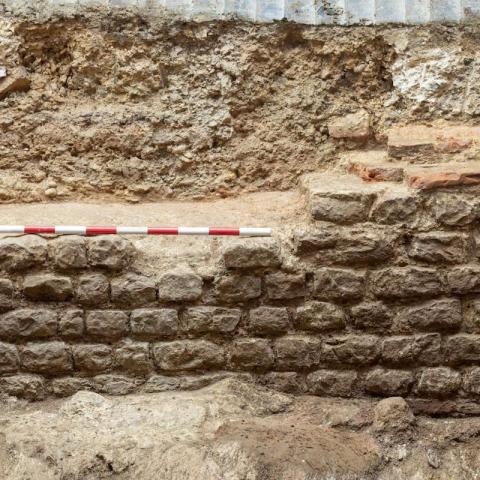A group of international astronomers has made a groundbreaking discovery by capturing direct evidence of the cosmic web, a vast and complex structure that connects galaxies throughout the universe.
For years, scientists have theorized about this web but have found it challenging to observe. Recently, researchers from the University of Milano-Bicocca and the Max Planck Institute for Astrophysics published their findings, which include stunning high-definition images of the filaments connecting two galaxies hosting quasars. This is the first time we’ve seen images of this cosmic web, supporting the theory of cold dark matter.
Cold dark matter is a theoretical type of matter that forms the backbone of the Lambda-CDM model, our leading explanation of the universe’s formation. Despite its success, dark matter is difficult to detect. According to estimates, about 95% of the universe’s total mass-energy content comprises dark matter and dark energy, while only 5% is ordinary matter that we can observe directly.
The researchers used the Multi-Unit Spectroscopic Explorer (MUSE), attached to the Very Large Telescope in Chile. MUSE can detect very weak signals, allowing the scientists to see faint hydrogen emissions linked to the otherwise invisible cosmic filaments.
This filamentary structure acts as a “gravitational highway” for gas crucial for star formation. “By capturing the faint light emitted by this filament, which traveled nearly 12 billion years to reach Earth, we could precisely characterize its shape,” said Davide Tornotti, a Ph.D. student and lead author of the study.
The cosmic filament they observed is approximately three million light-years long. Unlike isolated clouds of matter, these interconnected webs allow galaxies to grow by accumulating gas. Tornotti explained, “For the first time, we could trace the boundary between the gas in galaxies and that within the cosmic web.”
This discovery not only enhances our understanding of how galaxies evolve but also opens up new avenues for research. With advanced tools like the James Webb Space Telescope and the upcoming Euclid space telescope, scientists are continually finding ways to study the mysteries of the universe.
In recent discussions on social media, many enthusiasts are excited about these findings, marveling at the intricate connections that hold our universe together. This research brings us closer to unveiling the truth about our cosmic origins and the hidden forces that shape our reality.
For more detailed insights, you can refer to the [original research published in Nature](https://www.nature.com/articles/s41550-024-02463-w) and visit [Earth.com](https://www.earth.com/news/first-direct-image-cosmic-web-filaments-hidden-highways-universe-framework/) for a thorough analysis of the implications of this study.
Source link
astronomy,darkenergy,darkmatter,physics,science,space,telescope



















:max_bytes(150000):strip_icc():focal(790x376:792x378)/jax-taylor-2-032725-2c85c46e8f43411195581f6377209a80.jpg?w=480&resize=480,480&ssl=1)

